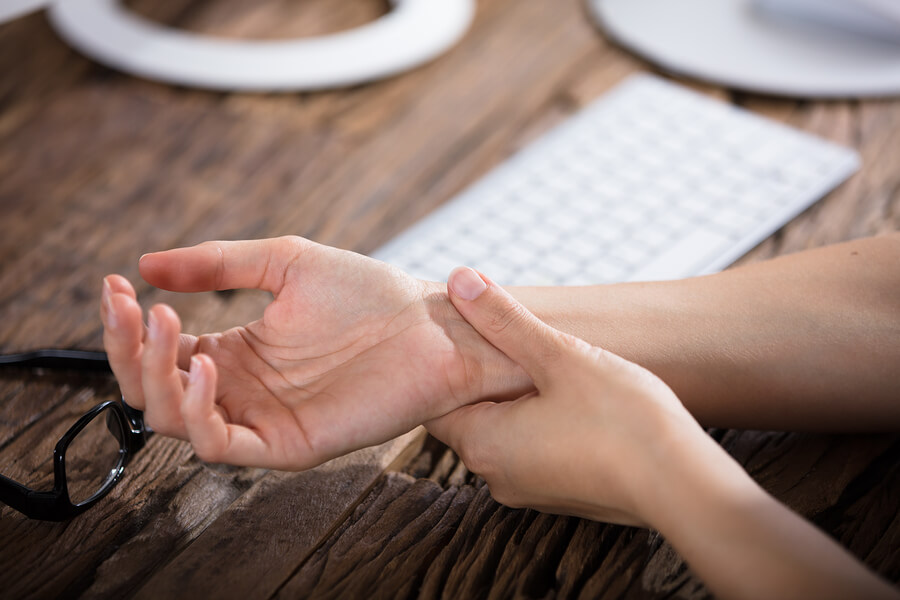If you’re a jogger, play the piano, type on a computer for most of the day, or even just routinely clean your house, you probably have some experience with the pain that comes from repetitive motion injuries. Also called stress injuries, repetitive motion injuries come from doing the same thing over and over again, thus causing temporary or permanent damage to ligaments, muscles, tendons or nerves.
These types of injuries often bring about wrist, elbow, hip, or knee pain which points to the inflammation happening within the body. Repetitive motion can cause microscopic tears in our tissue and when these tears are not repaired as quickly as they are made, inflammation and pain will begin to set in. If you suffer from a repetitive motion injury, read on to learn the symptoms, how you can find pain relief, and how to prevent future injuries.
Contact your pain management doctor in Orange county for treatment options.
Symptoms of Repetitive Motion Injuries
Repetitive motion injuries can impact the joints in your body. Some of the most common symptoms include:
• Tendinitis. This condition happens when there is repeated motion of an inflamed tendon. The skin around the tendon can also become red and warm to the touch. Tendinitis can happen at the biceps (where the arm meets the shoulder), at the elbow, and the rotator cuff.
• Bursitis. This condition happens when there is inflammation of the bursa sac between the tendon and bone. This can be extremely painful, decrease range of motion and also cause redness and swelling of the affected area. Common areas of bursitis include the knee, elbow and hip.
Exams and Self-Care
Your doctor may perform an MRI to determine the severity of the repetitive motion injury. In the case of bursitis, your doctor will need to determine whether the cause is inflammatory in nature, or if there is an infection. Fluid can build up, most commonly in the knee and elbow, and may need to be drained to determine if a bacterial infection is present. Home care methods include using ice, elevating or temporary immobilization if the injury is severe enough. You should always check with your doctor to find out the appropriate course of action for your specific injury. Typically, tendinitis and bursitis cases heal well and most make a complete recovery. However, if you continue with the jogging, golf, tennis, or daily computer work, prevention might be your best bet.
Prevention
There are some basic things you can do to prevent repetitive motion injuries and keep the pain at bay. Some common prevention techniques include:
• Making sure you perform adequate warm-up and cool-down stretching exercises.
• Avoid the activities causing the injury until you are healed.
• Performing exercises to make sure you are maintaining high function and not losing any of your range of motion in the affected area.
• Utilizing a brace or band purchased from your doctor or over-the-counter in a local drugstore. These can be particularly helpful for those who regularly enjoy golf, tennis or jogging.
Your Pain Management Doctor in Orange County
Sometimes, no matter what you do, the injury is too severe and the pain just won’t go away. If you are suffering from limited mobility, continuous inflammation in your shoulders, knees or other joints, if the pain is affecting your daily quality of life, and other treatment options just haven’t worked for you, contact Dr. Lai, as you may be a perfect candidate for joint injections. Dr. Lai is the premier pain management doctor in Orange County and his physicians are dedicated to helping you relieve your joint pain, creating a personalized treatment plan to meet your specific needs. You don’t have to live with chronic pain. Call Dr. Lai today to schedule your consultation and learn how you can find relief from repetitive motion and other joint injuries.


